Ongoing health conditions, ranging from cancer to pulmonary diseases, caused by working at Ground Zero cast a shadow on celebrations of FDNY’s 150th Year.
Ladder 123 is located on a gritty stretch of St. John’s Place off of Schenectady Avenue in the Brooklyn neighborhood of Crown Heights. Ladder 123 shares quarters with Engine 234 as well as Battalion 38, and back in May, the whole firehouse – along with houses in all five boroughs of New York City – opened its doors to the neighborhood as part of ceremonies celebrating the FDNY’s 150th anniversary.
“For a century and a half, FDNY members have risked their lives bravely protecting life and property in our city – an enduring commitment steeped in pride and tradition,” FDNY Commissioner Daniel Nigro said back in May. “That tradition of service is devoted to the people of our great city and we’re inviting them all – every New Yorker – to join us in this historic celebration. We want them to come and meet the men and women who serve them with selfless dedication.”
For the past decade and a half, however, it has been impossible to celebrate the history and dedication of the FDNY without also recalling the sacrifices made on September 11. And as firefighters and health advocates adamantly note, 9/11 is still claiming victims, from first responders to former residents who once called downtown Manhattan home.
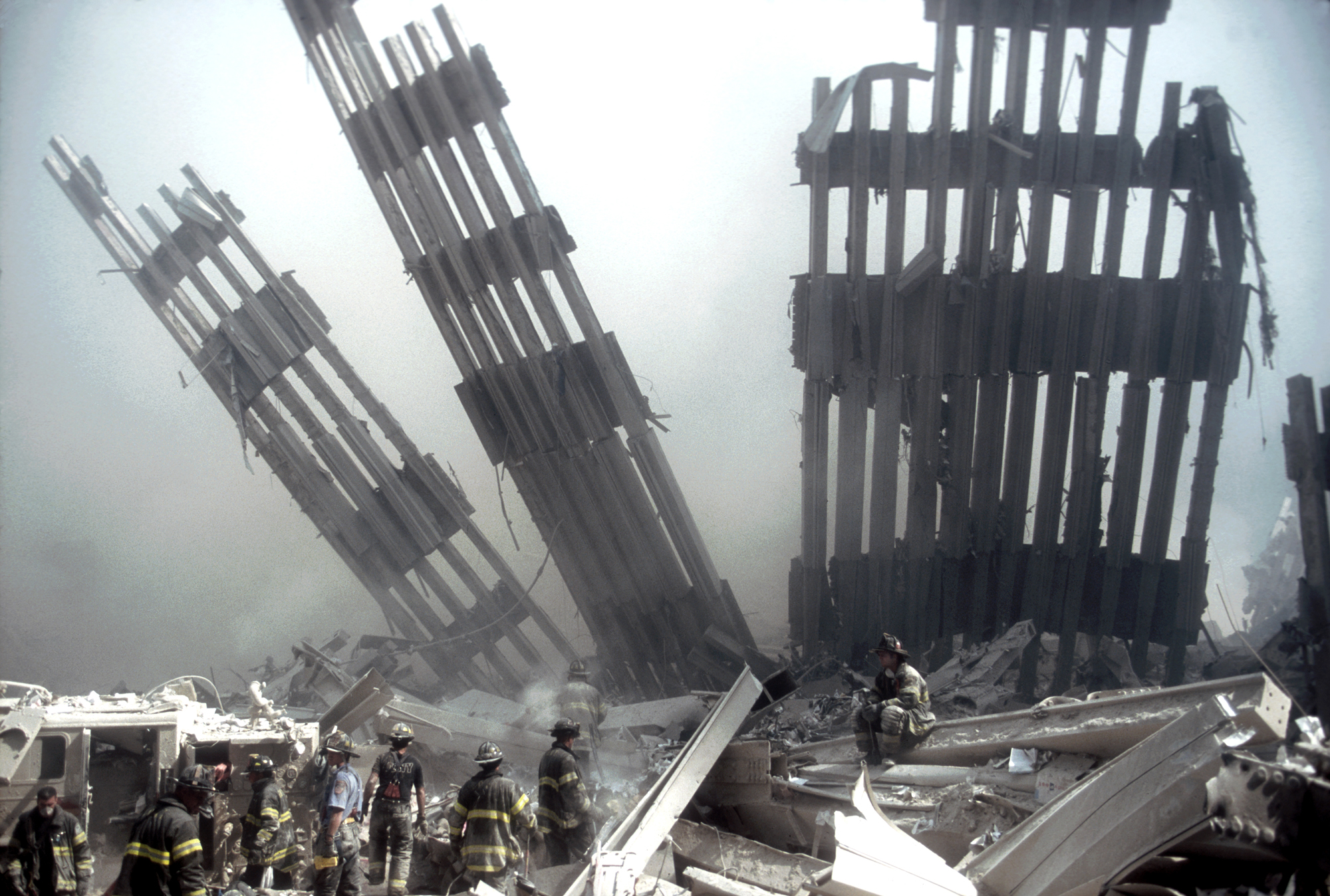
Remembering Johnny Mac
Look no further than Ladder 123, where Irish American firefighter John McNamara – “Johnny Mac” to friends – was working in September 2001.
By all accounts, McNamara was the picture of health. But he spent months at Ground Zero after the terror attacks searching through the rubble for survivors and victims. In June of 2006, McNamara was diagnosed with cancer of the colon, stomach and liver. He was just 41 at the time. His wife was three months pregnant with their son Jack, who was born later that year with a head of red hair to match his father’s.
McNamara would die three years later.
In her eulogy, McNamara’s widow Jennifer said: “From our first date, I knew I would marry him…. A friend saw us and later told me it looked like we’d been together forever. It felt like that, too. John was so easy to be with. I knew he felt the same way I did when he chose taking me to the Irish Fair over watching Sunday football.”
Jennifer later discovered a handwritten list of things John wished for, ranging from the construction of a youth center on Long Island to specific funeral plans, including having some of his ashes scattered in Ireland.
The final entry? “To never have to use this list because I’m gonna (with Jenn and Jack) beat this damned disease.”

Staggering Numbers
The numbers of deaths and illnesses attributed to toxic exposure at Ground Zero are nothing short of staggering. According to one estimate, over 30,000 people are receiving health treatment of some kind linked to time spent in downtown Manhattan after 9/11.
Over 100 firefighters have died from 9/11 health issues, and over 1,000 have contracted a cancer related to 9/11, FDNY officials have said. In September of 2014, three retired firefighters – Daniel Heglund, Robert Leaver and Lt. Howard Bischoff – all died on the same day as a result of illnesses contracted as a result of 9/11, according to the Uniformed Fire Officers Association.
The fight is on to make sure that those who are still battling illness get the services they need.
In June, not long after the FDNY wrapped up its 150th Anniversary celebrations, hundreds of firefighters flocked to Washington, D.C. to advocate for help battling the ongoing health effects of 9/11. Congress was debating an extension of the Zadroga Act, designed to assist those in need.
“Without an extension of the James Zadroga 9/11 Health and Compensation Act, tens of thousands of volunteers and first responders who helped clean up Ground Zero won’t be able to get federal help with their health care,” The New York Daily News reported.
Zadroga was a New York City cop who died in 2006 at age 34 after spending time at Ground Zero.
“If the Zadroga Act expires, we have a lot of people who would be in dire straits,” said Uniformed Fire Officers Association legislative director Richard Alles.
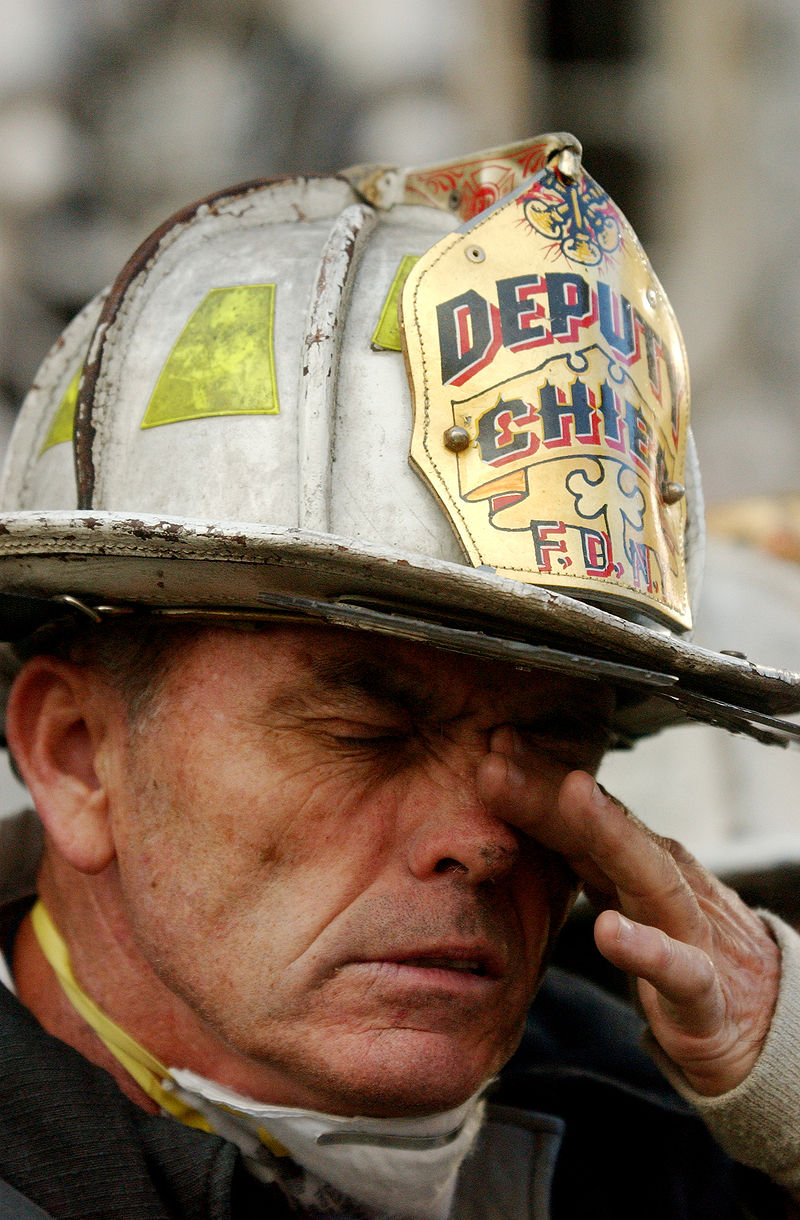
Unprecedented
As the FDNY looks back on 150 years of service, the first thing worth noting is just how unusual the past 15 years have been.
“The lingering effects of 9/11 have no precedent in the long history of the FDNY,” says Irish American historian Terry Golway, whose father was a firefighter and whose books include So Others Might Live, a history of the FDNY.
“No other catastrophe in New York history was like 9/11, and no other event in the FDNY’s history had such a traumatic effect on the department.”
The FDNY as we know it today has its roots in two aspects of American life the Irish knew all too well: local politics and the Civil War.
In the mid-19th century, New York City was patrolled by a series of volunteer fire companies. They had close ties to local politics as practiced by Tammany Hall and often competed – sometimes physically – to extinguish fires.
With the Civil War raging in July of 1863, federal authorities announced a draft in New York – at the same time that certain Democratic Party members were warning New York’s Irish and German immigrants to prepare for emancipation of slaves and what it would mean in terms of job competition. The violence that followed the draft announcement – targeting African Americans and the rich (who could avoid the draft by paying $300) – came to be known as The New York City Draft Riots. Though eventually quelled by the largely Irish NYPD, the response to the mayhem in terms of extinguishing the many fires set by the rioters was deemed woefully inadequate. (Some fire companies even participated in the violence.) Pressure grew for a more organized and professional firefighting squad. By 1865, the Metropolitan Fire Department was rolled out, the first force paid to protect New Yorkers from fire.
There was only one problem – at least as far as Tammany Hall was concerned. The Metropolitans were run by state officials rather than those based in New York City. That meant that power – and budgetary money – resided in Albany rather than in New York City.
It was not until three years later, when Tammany loyalist and former New York City mayor John Hoffman became governor of New York State, that control of the fire department was set in New York City. Thus was born the Fire Department of New York.
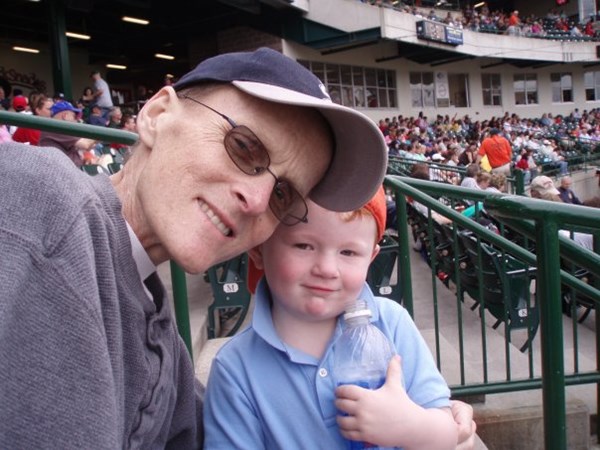
Safety and Health Concerns
This also gave rise to a new concern for the health and safety of firefighters. After all, on August 24th 1865, firefighter Robert Wintringham was killed in the line of duty – considered the modern FDNY’s first fatality. Thousands of others endured a variety of terrible ailments in subsequent decades.
“Without question many firefighters in the past suffered from the effects of breathing in toxic fumes. Some of those ailments may have never been properly diagnosed,” Terry Golway notes.
What has happened since 9/11, of course, has prompted action on a much larger scale. A bipartisan group of elected representatives, including Democrats Carolyn Maloney and Kirsten Gillibrand and Republican Peter King, recently wrote a letter to Congressional leaders arguing that 9/11 health issues must be a priority. They wrote:
“Today more than 70,000 first responders or survivors residing in 429 of the 435 congressional districts across the country participate in the WTC Health Program, receiving medical monitoring and treatment for those injuries. Cancers, respiratory ailments and digestive tract disorders are just a few of the complications for those who participated in 9/11 rescue and cleanup efforts.”
They added that elected representatives must “ensure first responders and survivors of the 9/11 terrorist attacks on the World Trade Center, the Pentagon and Shanksville, Pennsylvania continue to receive the monitoring and care they deserve and need.”
Advocates are hoping a vote to approve the extension of the Zadroga Act will be taken by September 11, 2015.
Other advocates believe it is time to permanently remember those who died from the after-effects of 9/11. An online petition seeks to establish a downtown Manhattan memorial for those who died in the years following 9/11.
The petition states: “So many people who worked on the pile at Ground Zero in the rescue and recovery effort, as well as Lower Manhattan residents and returning workers, were exposed to a lethal cocktail of chemicals, pulverized concrete, and carcinogens. Thousands have become gravely ill and many have died terrible deaths. 9/11 killed them later. They should be honored with a memorial wall on the plaza, not just an exhibition in the unfinished museum.”
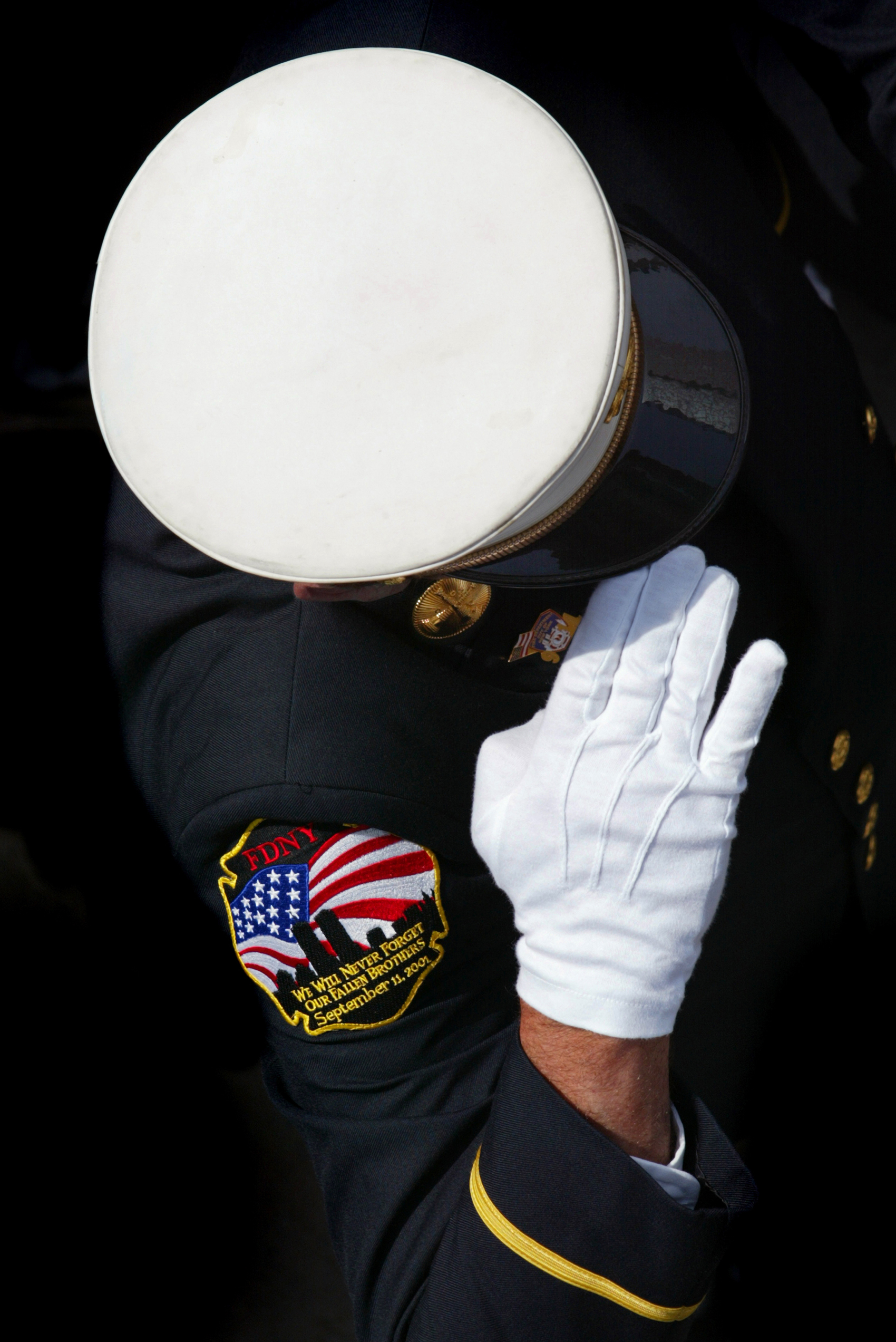
A Final Memory
Finally, there is the ongoing work of the foundations that have been established to raise awareness and funds for health services, as well as to honor those who died after serving at Ground Zero. These include the Johnny Mac Foundation, which held its annual golf outing at the Dyker Beach Golf Club in Brooklyn in July. Funds will contribute to the construction of a youth center in Blue Point, Long Island, where John McNamara lived with his wife and son.
“A place to go for counseling, computers, study, skateboard park, a local meeting place for everything from scouting to the local civic groups,” is how McNamara envisioned the youth center in his handwritten wish list.
There’s one final thing on McNamara’s list that’s worth mentioning and that he wanted to see.
“Recognition that my cancer was caused by the toxins I breathed in at the WTC the two and a half months I was honored to work there.” ♦
_______________
For more details about The Johnny Mac Foundation, or to donate, go to www.johnnymacfoundation.org.
This article was originally published in the August / September 2015 of Irish America.

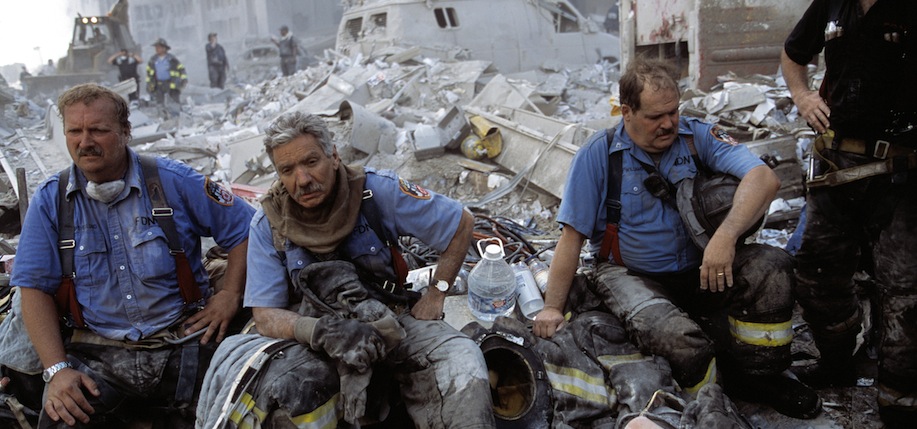
Leave a Reply